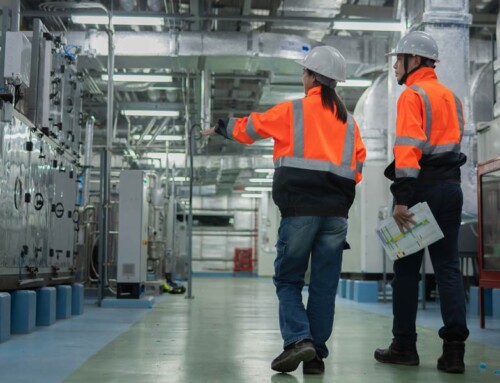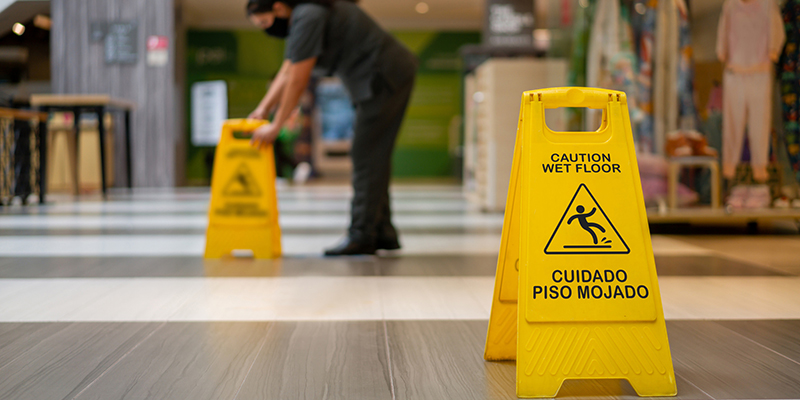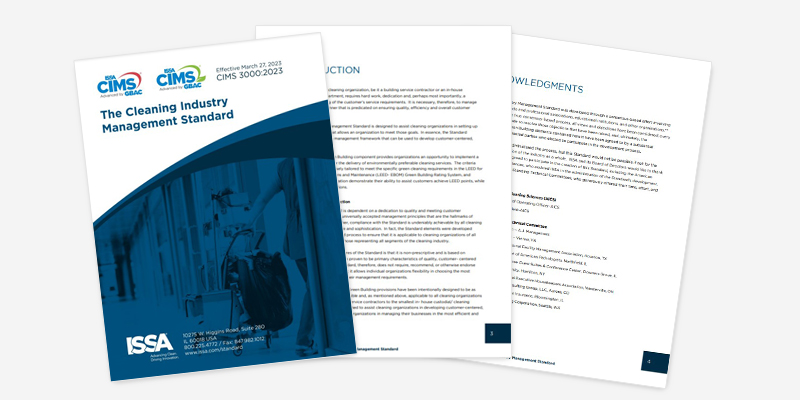Training for Carpet Cleaning: A Complete Guide to Professional Skills and Best Practices
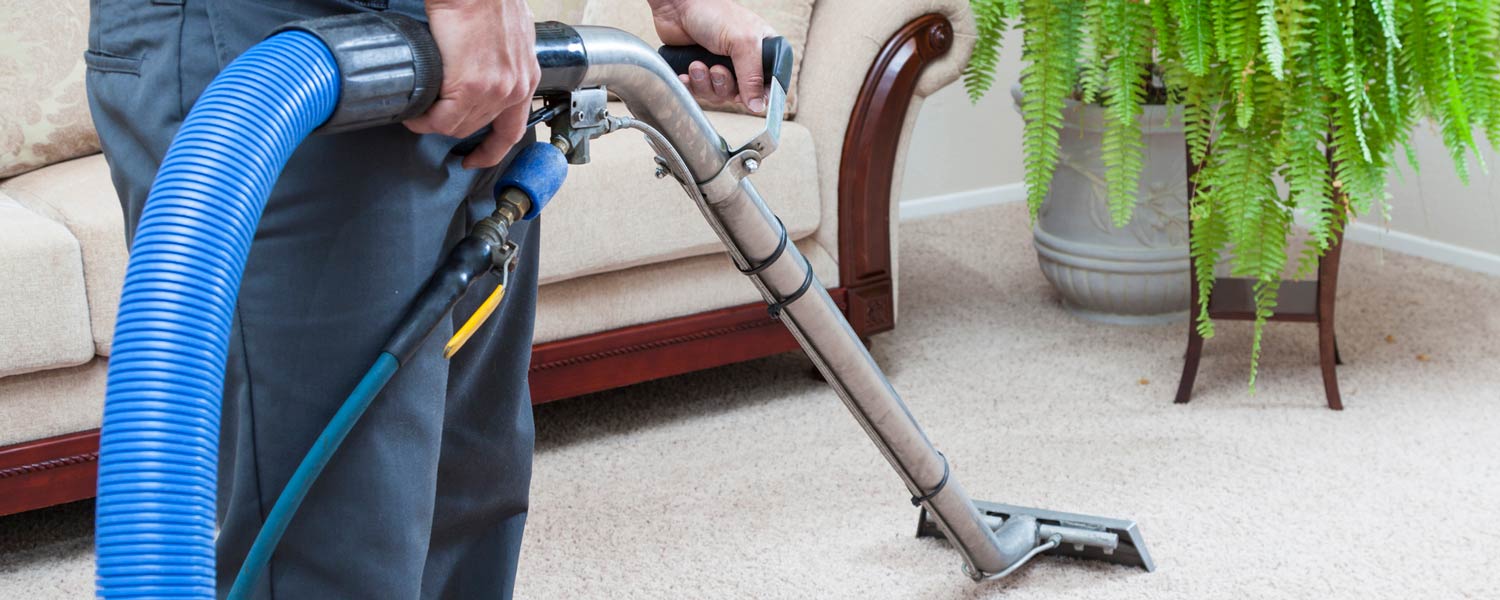
Training for Carpet Cleaning: A Complete Guide to Professional Skills and Best Practices
Proper training for carpet cleaning is the foundation of delivering high-quality, lasting results that satisfy clients and protect their investment. Whether you are new to the industry or looking to improve your skills, understanding the key elements of carpet cleaning training will help you work more efficiently, safely, and effectively. For a deeper look at industry standards and management best practices, you can visit our Cleaning Industry Management Standard page.
Why Training for Carpet Cleaning Matters
Carpet cleaning is more than just running a machine over a surface. It requires knowledge of carpet types, cleaning chemistry, stain removal techniques, equipment operation, and safety protocols. Proper training helps technicians avoid common mistakes such as setting stains, damaging carpet fibers, or leaving residues that attract dirt. Well-trained professionals can extend the life of carpets, improve indoor air quality, and enhance customer satisfaction.
Training also prepares technicians to handle a variety of cleaning challenges, from routine maintenance to difficult spots and odors. It builds confidence and professionalism, which are essential for growing a successful cleaning business.
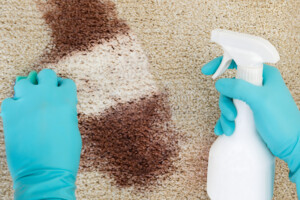
Core Components of Carpet Cleaning Training
A comprehensive training program covers several critical areas:
Carpet Fiber and Construction Knowledge
Understanding the type of carpet fiber is essential because cleaning methods and products must be compatible to avoid damage. For example, nylon carpets are durable but sensitive to alkaline cleaners, while wool requires gentle, pH-neutral solutions. Training teaches how to identify fibers and carpet construction types, which helps in selecting the right cleaning approach.
Cleaning Chemistry and Spot Removal
Effective carpet cleaning depends on using the right chemicals for the job. Training includes learning about pH levels, surfactants, detergents, and enzymatic cleaners. Technicians are taught how to treat different types of stains, such as water-soluble spots (coffee, juice), oil-based stains (grease, cosmetics), and protein stains (blood, pet accidents). Proper spot removal techniques prevent stains from setting permanently.
Equipment Operation and Maintenance
Hands-on training with carpet cleaning equipment is vital. This includes learning how to use rotary machines, cylindrical extractors, and air movers correctly. Proper equipment use reduces the risk of carpet damage and ensures thorough cleaning. Training also covers routine maintenance of machines to keep them in good working order, which improves efficiency and longevity.
Vacuuming and Preparation
Vacuuming is a fundamental step in carpet cleaning. Training emphasizes thorough vacuuming of all areas, including corners, edges, and under furniture, to remove loose soil before wet cleaning. Proper preparation, such as moving furniture and placing wet floor signs, helps create a safe and effective work environment.
Cleaning Procedures: Interim and Restorative
Training differentiates between interim cleaning (regular maintenance to prevent soil buildup) and restorative cleaning (deep cleaning to remove embedded dirt). Technicians learn how to apply cleaning solutions, agitate carpets, and perform extraction without over-wetting. Proper drying techniques using air movers are also part of the curriculum to prevent mold and mildew growth.
Safety and Environmental Considerations
Safe handling of chemicals and equipment is a key training component. Technicians learn to use personal protective equipment (PPE), read Safety Data Sheets (SDS), and follow environmental guidelines for waste disposal and water conservation. Green cleaning principles are increasingly important, and training often includes using eco-friendly products and methods.
How Training is Delivered
Carpet cleaning training can be delivered in various formats to suit different learning styles and schedules. Some programs offer classroom instruction combined with hands-on practice, while others provide self-paced online modules with videos and manuals. The ability to test knowledge through quizzes or exams helps reinforce learning.
For example, one comprehensive training program includes a detailed manual, slide presentations, and training videos that cover diagnostic skills, spot removal, and carpet encapsulation methods. This kind of structured training allows students to learn at their own pace and test their understanding before earning a diploma.
Continuing Education and Skill Enhancement
The cleaning industry evolves with new technologies, products, and standards. Ongoing training ensures technicians stay current with best practices. Many programs provide refresher courses, advanced workshops on specialized topics like odor control or pet stain removal, and updates on regulatory requirements.
Additionally, soft skills such as customer communication and business management are increasingly integrated into training. Learning how to set client expectations, explain maintenance plans, and manage cleaning crews can significantly impact business success.
Frequently Asked Questions About Carpet Cleaning Training
If you’re considering training for carpet cleaning, you may have questions about what to expect and how to choose the right program. Our FAQ’s On A Carpet Cleaning Certification: Everything You Need to Know provides clear answers to common concerns, including certification value, course content, and career benefits.
Summary
Training for carpet cleaning equips professionals with the knowledge and skills needed to deliver effective, safe, and environmentally responsible cleaning services. From understanding carpet fibers and chemistry to mastering equipment and safety protocols, comprehensive training builds confidence and expertise. Whether you are starting out or enhancing your existing skills, investing in quality training is essential to success in the carpet cleaning industry.
To learn more about industry standards and management best practices, be sure to visit our Cleaning Industry Management Standard page.
Suggested Links for Further Reading:

